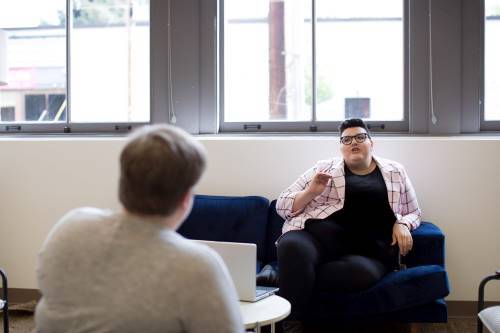Leaving hospital
Explains the rights you have to get your section lifted if you are being detained in hospital under the Mental Health Act, and your rights to care and support after leaving hospital.
View this information as a PDF (new window)
Overview
If you have been sectioned in hospital under the Mental Health Act, you have certain rights to get your section lifted, and get care and support after you leave. These rights are set out in the Mental Health Act.

The UK Government is changing the Mental Health Act.
Quick facts
- If you have been sectioned, or are under a community treatment order (CTO), the Mental Health Act says that you have the right to be given information on the ways in which you can leave hospital.
- Depending on your situation, there are several ways in which you can leave hospital:
- You can ask to have your section lifted
- Your responsible clinician can discharge you if they think that you no longer need to be sectioned or stay on a CTO
- The hospital managers can hold a review of whether or not you should be discharged at any time
- Your nearest relative can apply to discharge you if you are on a section 2, 3 or 4 or are subject to a CTO or guardianship from a section 3
- You can apply to the Mental Health Tribunal to be discharged from your section
- You should be involved in the planning, developing and reviewing of your discharge and participate in decision-making as much as you are able to.
- Sometimes your discharge may be delayed. In some circumstances this may be unlawful, and you should see a mental health solicitor to help you.
- If you want to stay in hospital after you are discharged from your section, you should discuss with your responsible clinician as early as you can before your tribunal or managers' meeting.
Care planning
- The planning of the care you will receive when you leave hospital should start while you are in hospital, in good time before your discharge.
- In England, most people discharged from section will have their care planned under a system called the Care Planning Approach (CPA). In Wales, everyone discharged from section should have a Care Treatment Plan (CTP).
- Before you leave hospital, a meeting will be organised so you can discuss what kind of care you need. This might include things like practical help around the home, help with finding accommodation, or facilities for day time activities.
- The type of care you receive and the way that it is planned will depend upon a number of factors, including which section you have been detained on, what your needs are and whether you are in England or Wales.
- If you are discharged from certain sections, you have the right to free aftercare under section 117 of the Mental Health Act. This can cover all kinds of things like healthcare, social care and supported accommodation.
Community treatment order (CTO)
If you have been sectioned and treated in hospital under certain sections, your responsible clinician can put you on a CTO. This means that you can be discharged from the section and leave hospital, but you might have to meet certain conditions such as living in a certain place, or going somewhere for medical treatment. Sometimes, if you don't follow the conditions or you become unwell, you can be returned to hospital.
See our pages on CTOs for more information.
Visit our full listing of Legal TermsMental Health Act 1983 (MHA)
This is a law that applies to England and Wales which allows people to be detained in hospital (sectioned) if they have a mental health disorder and need treatment. You can only be kept in hospital if certain conditions are met.
See our pages on the Mental Health Act for more information.
Visit our full listing of Legal TermsSection
Being 'sectioned' means that you are kept in hospital under the Mental Health Act. There are different types of sections, each with different rules to keep you in hospital. The length of time that you can be kept in hospital depends on which section you are detained under.
See our pages on sectioning for more information.
Visit our full listing of Legal TermsVoluntary patient
Voluntary patients, also known as 'informal patients', are people who are staying in a psychiatric hospital but are not detained under the Mental Health Act. If you are a voluntary patient, you should be able to come and go from the hospital within reason and discharge yourself if you decide to go home.
See our pages on voluntary patients for more information.
Visit our full listing of Legal TermsThis information was published in July 2020.
This page is currently under review. All content was accurate when published.
References are available on request. If you would like to reproduce any of this information, see our page on permissions and licensing.











